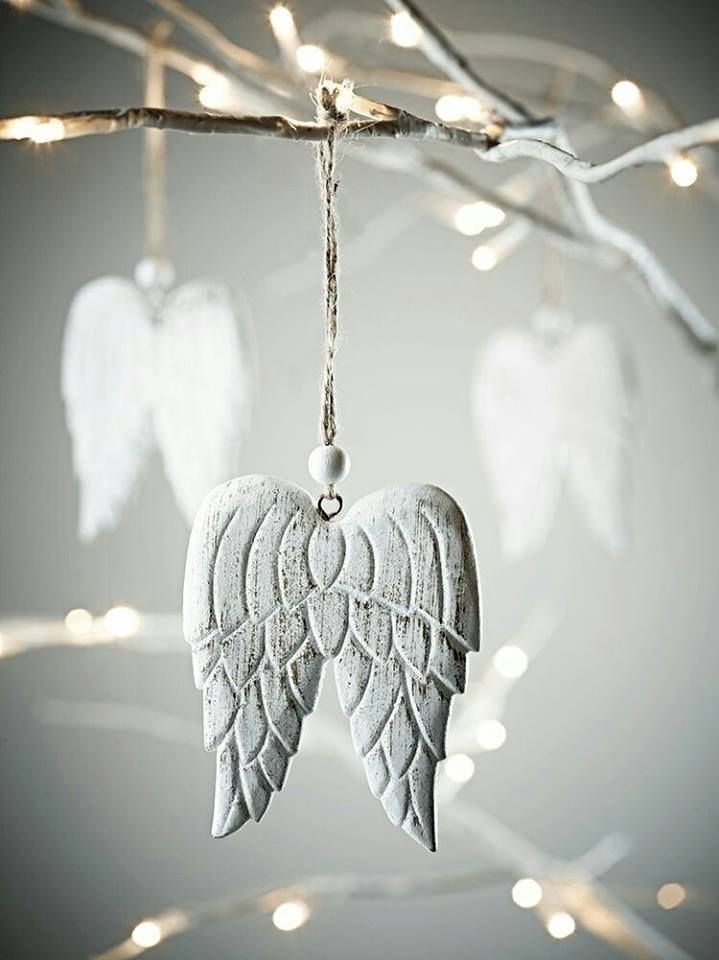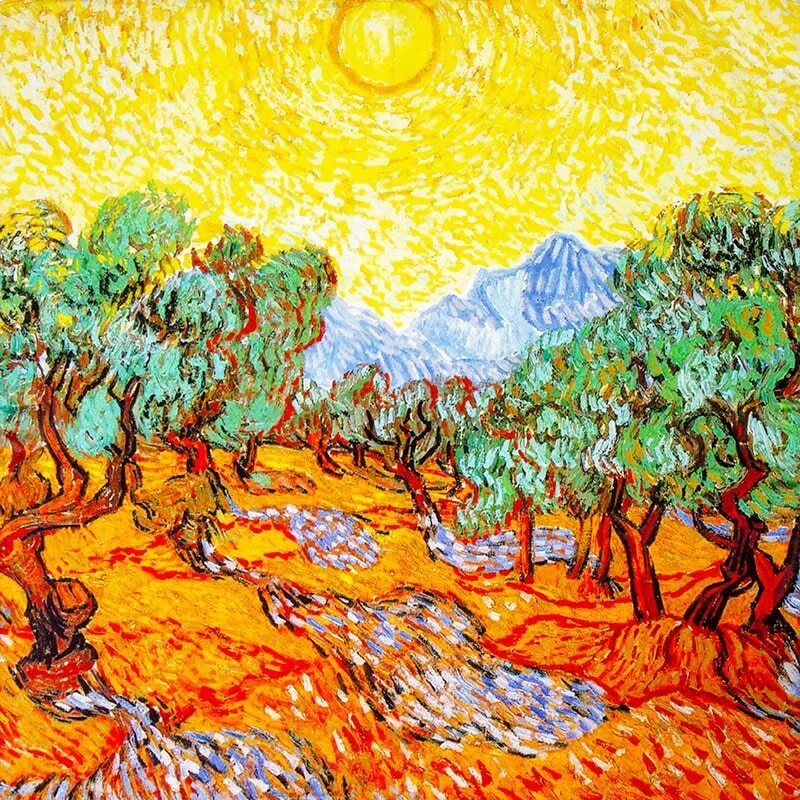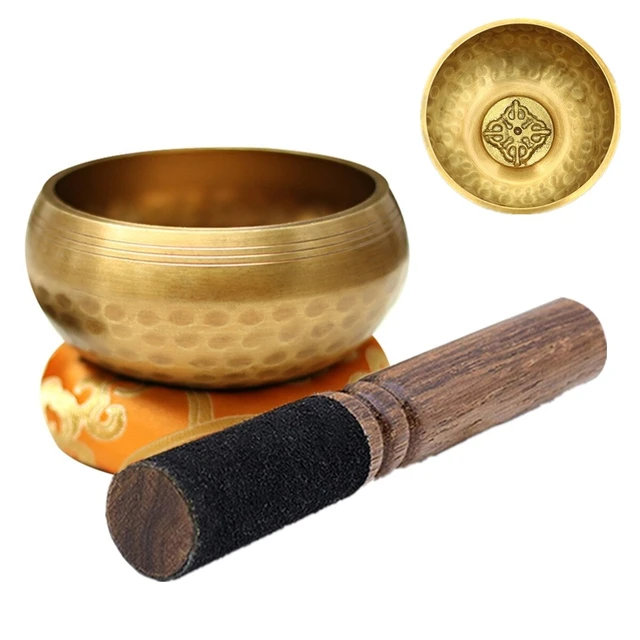The profound impact of art....
- Koöko Fleurs
- Oct 21, 2023
- 3 min read
Updated: May 14, 2024

Art embodies the heartbeat of our existence, weaving through the tapestry of time from the enigmatic etchings in ancient grottos to the avant-garde splendors that grace contemporary galleries. It is the silent sentinel of our shared heritage, a treasure trove of humanity’s journey. But why does art command such reverence? What makes it a cornerstone of our collective soul? Journey with us as we delve into the essence of art and illuminate its profound impact.
At its core, art is a mirror to our historical odyssey. It is through the strokes of the artist’s brush, the chisel’s dance on stone, and the myriad other artistic expressions that we glimpse the epochs that shaped us. These creations are not mere objects; they are portals to bygone eras, whispering tales of ancient civilizations, echoing the triumphs and tribulations of our ancestors. They offer a visual narrative that bridges the chasm of time, inviting us to commune with the spirits of yesteryears.
Art also wields the power to stir the soul and spark contemplation. It transcends the confines of language, reaching out to us in a universal dialect that resonates with the very essence of our being. A landscape captured on canvas, a poignant image frozen in time, or a sculpture that encapsulates the resilience and fragility of life—all have the innate ability to touch the deepest recesses of our hearts and kindle the flames of our imagination. In its reflection, we see our own stories, confront our beliefs, and venture into realms of uncharted thought.
Beyond its emotive force, art is a catalyst for growth—both personal and communal. It provides a sanctuary for the mind’s musings and the heart’s whispers, granting us the freedom to articulate our inner dialogues and distinctive viewpoints. Art is the soil in which self-discovery and enlightenment bloom, nurturing a garden of introspection and evolution. Concurrently, it serves as a vibrant thread in the fabric of culture, preserving the rich mosaic of traditions that define and unite communities, fostering a sense of belonging and harmony.
Recognizing its cultural and historical value, we now also acknowledge art’s healing virtues. Engaging with art can be a balm for the weary spirit, diminishing the shadows of stress and melancholy. The act of creating and interacting with art releases a cascade of endorphins, those natural heralds of joy within our minds, enhancing our overall well-being and fortifying our mental health. Art therapy has risen as a beacon of hope, offering a voice to the voiceless and a path to recovery through the silent language of creativity.
Moreover, the role of art in education is pivotal in shaping the architects of tomorrow. Integrating art into the learning experience enriches not only the imagination and analytical prowess but also fosters an appreciation for the kaleidoscope of cultures that populate our world. Through art, the youth gain a panoramic view of the globe, embracing the beauty of diversity and the strength of empathy. Art education equips them with the tools to innovate, resolve, and communicate—skills that are the currency of the future.
In summation, art is the essence of our humanity. It is a window to our collective past, a touchstone for our emotions, a pillar of growth, a conduit for healing, and a beacon for the young. From the relics of antiquity to the dynamic installations of today, art is a testament to the indomitable human spirit, with the capacity to uplift, empower, and metamorphose. Let us hold the arts in high esteem, for they are the very fabric of our human identity.

























Comments